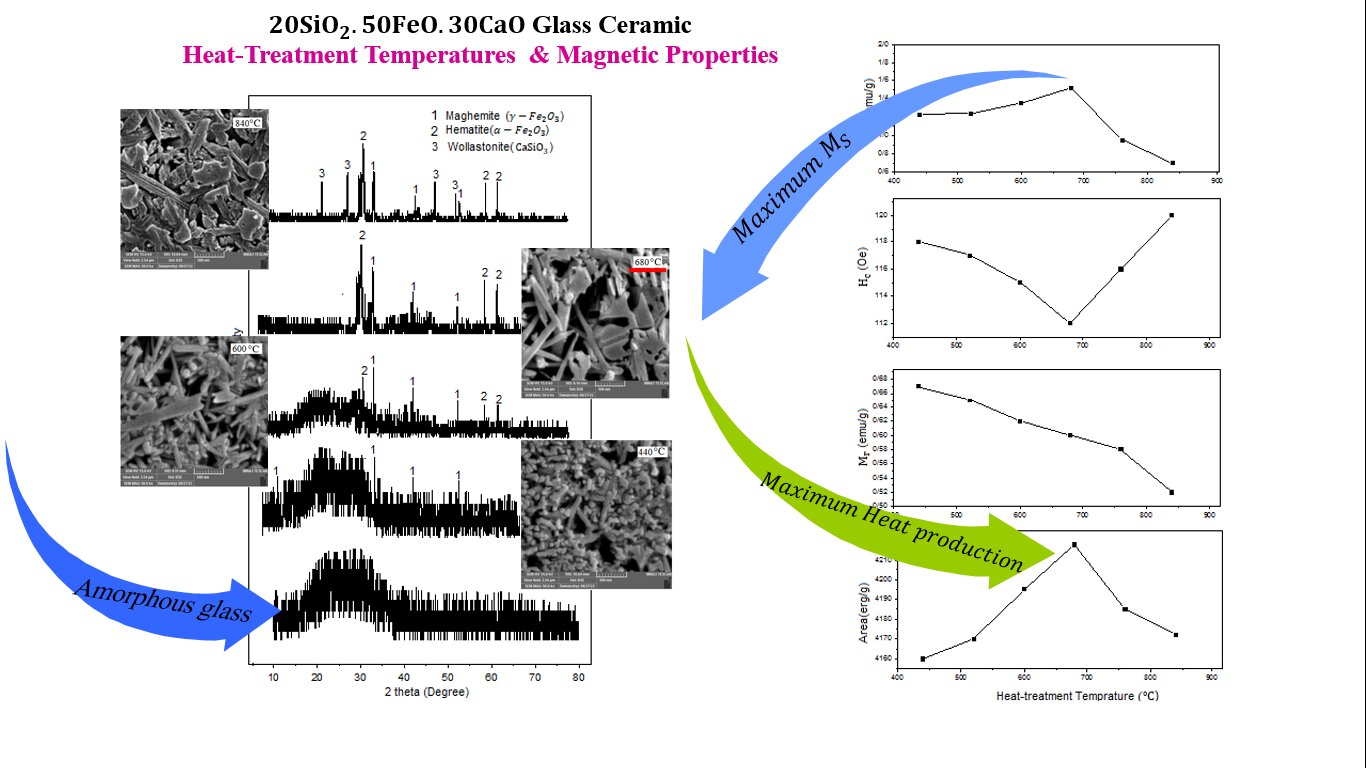Wed, Jul 17, 2024
[Archive]
Volume 20, Issue 2 (June 2023)
IJMSE 2023, 20(2): 1-11 |
Back to browse issues page
Download citation:
BibTeX | RIS | EndNote | Medlars | ProCite | Reference Manager | RefWorks
Send citation to:



BibTeX | RIS | EndNote | Medlars | ProCite | Reference Manager | RefWorks
Send citation to:
rastgoo oskoui P, rezvani M, kianvash A. Effect of Heat-Treatment Temperatures on Magnetite Oxidation in
20SiO2.50FeO.30CaO Glass Ceramic Prepared by the Sol-Gel Method. IJMSE 2023; 20 (2) :1-11
URL: http://ijmse.iust.ac.ir/article-1-3238-en.html
URL: http://ijmse.iust.ac.ir/article-1-3238-en.html
Abstract: (4286 Views)
Abstract
The effect of different heat-treatment temperatures on the magnetic, crystallization, and structural properties of℃ ℃ ℃ ℃ ℃ ℃ ℃ ℃ ℃ ℃
Abstract
The effect of different heat-treatment temperatures on the magnetic, crystallization, and structural properties of℃ ℃ ℃ ℃ ℃ ℃ ℃ ℃ ℃ ℃
The effect of different heat-treatment temperatures on the magnetic, crystallization, and structural properties of
Abstract
The effect of different heat-treatment temperatures on the magnetic, crystallization, and structural properties of
Type of Study: Research Paper |
Subject:
Ceramics
Send email to the article author
| Rights and permissions | |
 |
This work is licensed under a Creative Commons Attribution-NonCommercial 4.0 International License. |









